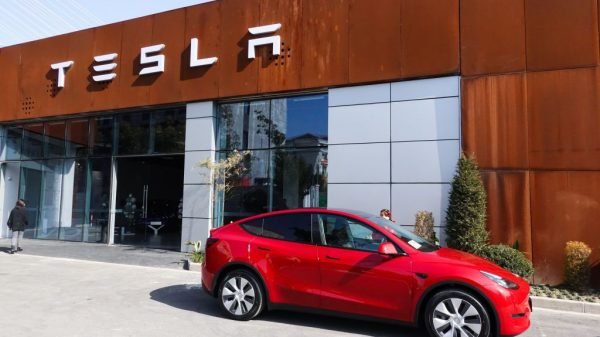When the government decided to bailout the US Auto industry it had a vision to save it, not to make a profit. As a result the US government lost $11.2 billion dollars in the bailout of General Motors. The US treasury originally invested $49.5 billion in GM. According to the SIGTARP quarterly report to Congress, $6.7 billion in debt in GM (which was subsequently repaid), in addition to $2.1 billion in preferred stock and a 61% common equity stake. “Treasury sold its last shares in General Motors Company (“GM”) on December 9, 2013.” Separately, on March 20, 2014, Treasury wrote off an $826 million administrative claim in the company’s 2009 bankruptcy, ending all taxpayer involvement with GM.”
We are focusing on the financial losses like it was a business decision by the government to bailout GM when it was the exact opposite. Treasury Department spokesman Adam Hodge said the agency was not looking to make money. “The goal of Treasury’s investment in GM was never to make a profit, but to help save the American auto industry, and by any measure that effort was successful,” he said.
But now the government is again involved with GM, and it’s not in a saving/bailout mood. GM is currently under investigation from the Justice Department and by the SEC for a faulty ignition switch. Which has finally been recalled after it reportedly led to 13 deaths over the years. GM could be on the hook for billions of dollars in damages and the government won’t be jumping in to save them this time. The bailout was to save an industry and its economy, not to reward moral irresponsibility and greed.


















































Comment Template